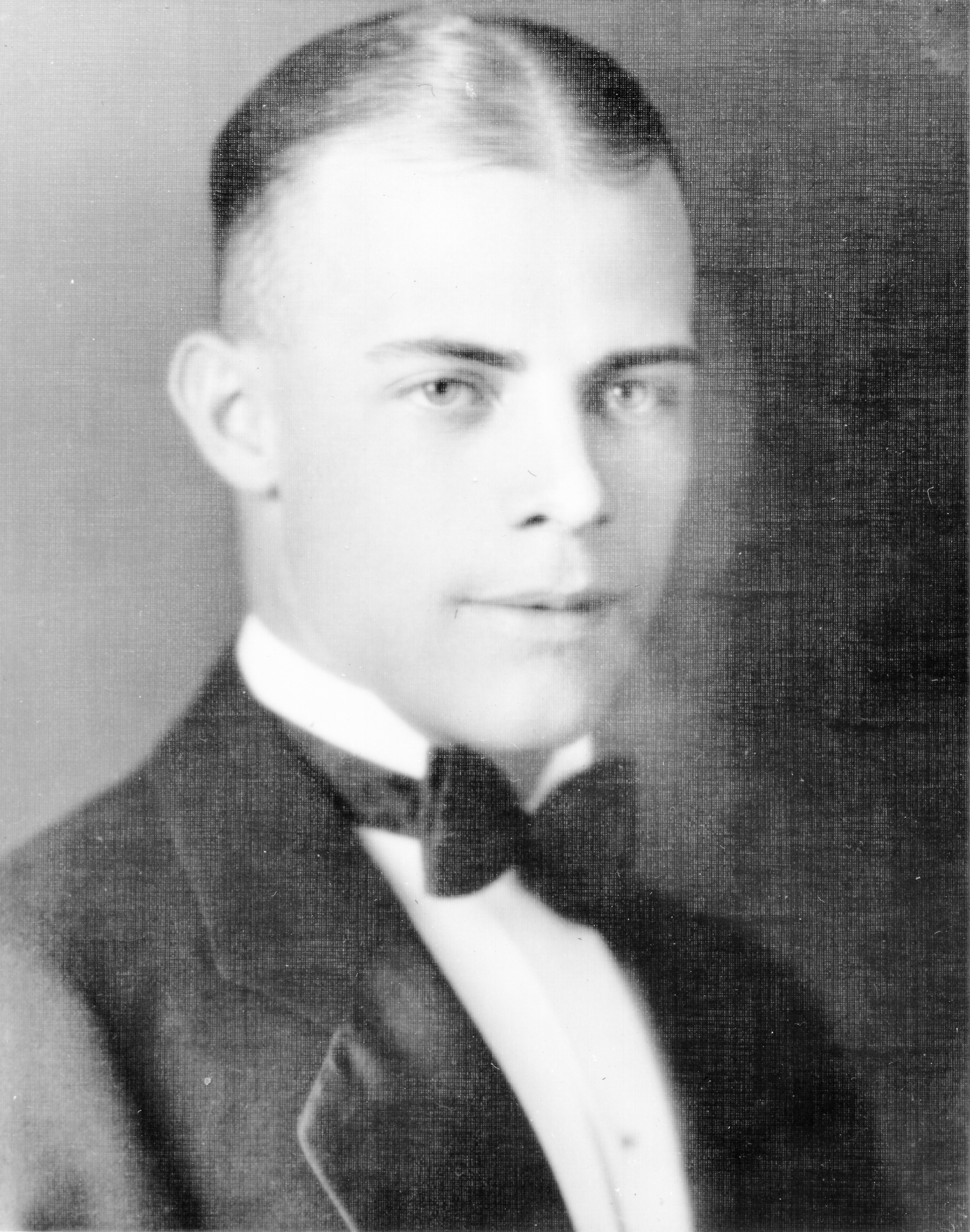...
| Div | ||||||||||
|---|---|---|---|---|---|---|---|---|---|---|
| ||||||||||
In Memoriam“What shall we say of the some twenty-five workers, who fully appreciating the dangers incident to the daily routine, still continue at a rate of compensation not higher than the gain in other kinds of work in which these dangers are lacking. We may say, at least, that idealism and the spirit of sacrifice for the general good have not died out.” (Quote: “The Cooperation with the United States Public Health Service,” Robert A. Cooley, Eighth Biennial Report, Montana State Board of Entomology, 1929–1930, page 10.) The 25 workers who Cooley wrote about included people working for both the State of Montana and the U.S. Public Health Service. Three of these researchers died during the years that the Rocky Mountain spotted fever (RMSF) work was being done at the Canyon Creek Schoolhouse laboratory. Cooley had taught two of them—William Gittinger and Arthur Kerlee—at Montana State College. On June 6, 1929, Cooley dedicated the Gittinger-Kerlee memorial plaque at Montana State College to his former students.
|
| Div | ||||||||||
|---|---|---|---|---|---|---|---|---|---|---|
| ||||||||||
|
| Div | ||||||||||
|---|---|---|---|---|---|---|---|---|---|---|
| ||||||||||
|
...







